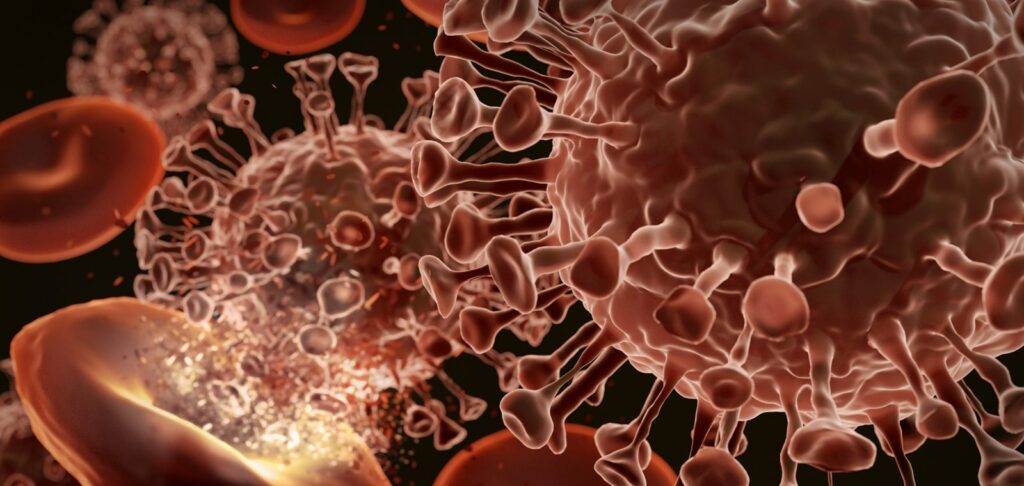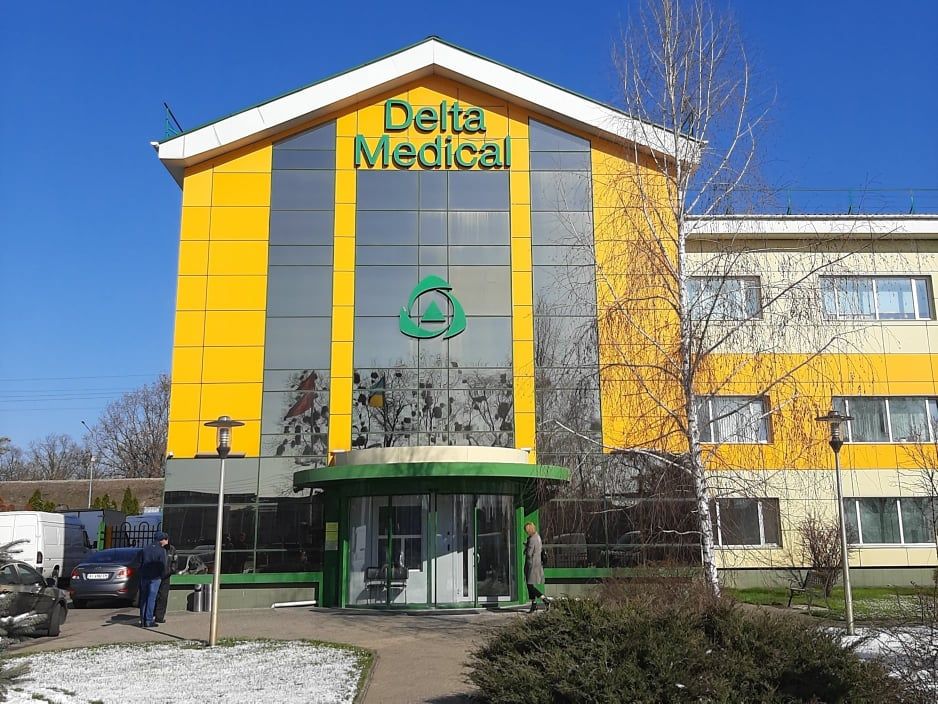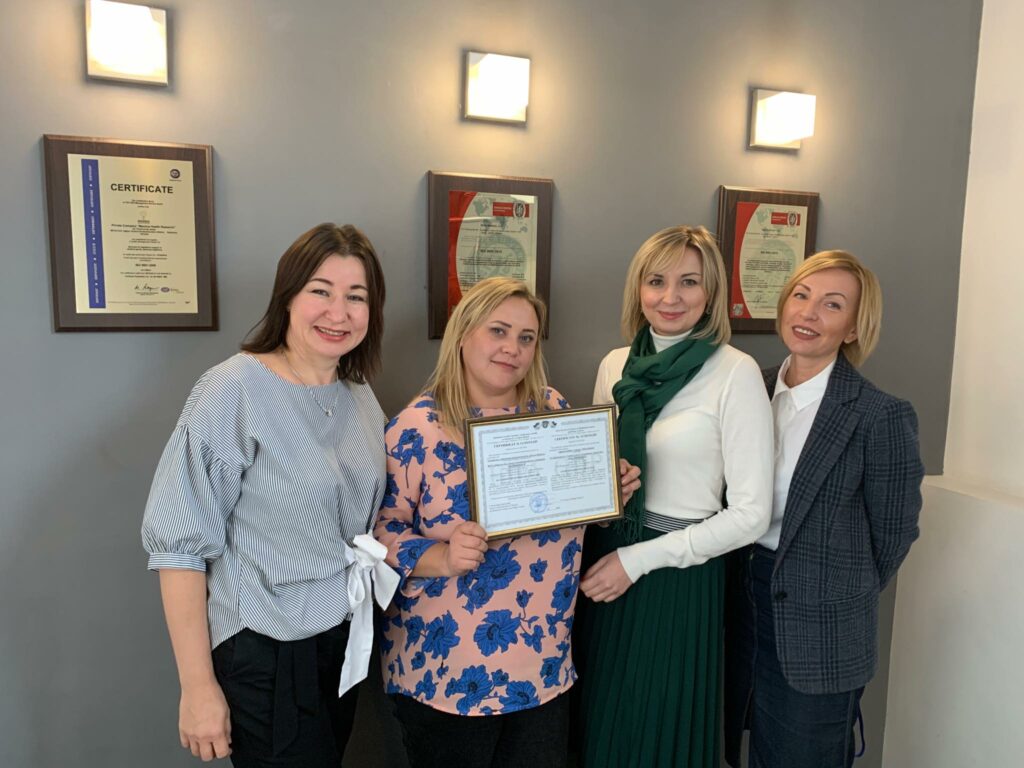
The debate over the name of the SARS-CoV-2 virus has been ongoing since it emerged in late 2019. At that time, all media outlets referred to it as the “Chinese” or “Wuhan” virus, while WHO and health experts urged them to avoid using geographical names.
With the appearance of new variants, the situation became even worse. Their scientific alphanumeric designations proved to be too complex and difficult to pronounce, so geography-based names such as “British variant,” “South African variant,” and “Vietnamese variant” again took hold. However, some countries were strongly opposed to this approach. For example, India’s Ministry of Communications and Information Technology demanded that social media companies remove all content mentioning the “Indian variant” of the coronavirus because it “causes misunderstandings and harms the country’s image.
As a result, Mark Pallen of the Quadram Institute (UK), who recently developed an automated system for generating names for new bacterial species, suggested that the same approach used for naming storms be used to create neutral and memorable names for new coronavirus variants. WHO accepted the proposal and on May 31 presented a new naming scheme that uses letters of the Greek alphabet.
According to the new scheme:
- The B.1.1.7 variant, which was first identified in the UK, is labeled “alpha”,
- The variant B.1.351 found in South Africa is a “beta”,
- variant P.1, or the Brazilian variant, “gamma”,
- variant B.1.617.2, first discovered in India, is “delta”.
With the first letters of the Greek alphabet, WHO has designated Variants of Concern (VOC), which spread faster, cause more serious disease, or resist drugs or vaccines;
The last letters (kapa to epsilon) were assigned to Variants of Interest (VOI) that are causing transmission in the community, are spreading in multiple countries, or are otherwise judged by experts to be significant.
Established systems for naming and tracking coronavirus genetic lines will continue to be used by scientists and in research because they “convey important scientific information,” WHO said in a press release on May 31.
Today, a nomenclature called Pango, which was created in April 2020, is used for this purpose. It is based on how biologists classify organisms using a tree structure, where each branch represents the ancestors and descendants of a particular life form.
It all started with two major versions of the virus that emerged in Wuhan in late 2019 and early 2020, dubbed “A” and “B”. Each significant mutation of these chains – such as the emergence of the virus in a new location, a rapid increase in the number of cases, or the evolution of new genetic traits – creates new branches that are labeled A.1, A.2, or B.1, B.2, and so on.
When a clone develops its own mutations or offshoots, these are indicated by numbers after the dot. For example, variant B.1.1.7, first discovered in Britain, is the seventh descendant of sub-lineage B.1.1, which in turn is the first descendant of lineage B.1.
To keep names from becoming too long, Pango includes a number of substitutions. For example, the name P.1, associated with a variant first discovered in Brazil, is an alias, sub-lineage B.1.1.28.
Overall, Pango now covers 1,260 evolutionary lineages and 1.7 million genomic sequences of the virus, and the total number continues to grow. However, the vast majority of these mutations and names go unnoticed by the public. Only the variants of concern become relevant.
Pango has been so successful that it has become the global standard for tracking COVID-19. However, this system was developed for scientists, not envisioning that its names would be used by journalists and world leaders who are often confused and, for example, do not understand the difference between strains B.117, B.1.1.7 or B.1.17.
The situation should be remedied by a new naming system based on the letters of Greek, which will be easier to understand and remember, and therefore, as tweeted WHO’s technical lead for COVID-19, Maria Van Kerkhov, “will help the public debate.”
Shutterstock/FOTODOM UKRAINE photos were used



